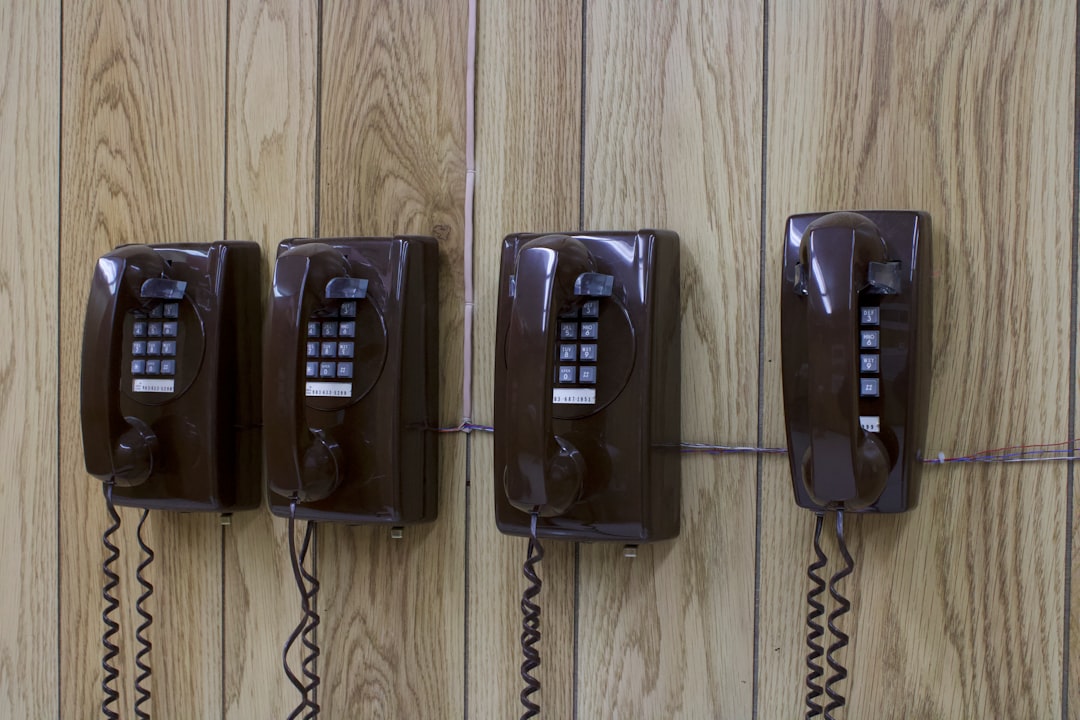Minneapolis City Hall, completed in 1931, symbolizes the city's growth and commitment to democratic processes. Its Classical Revival architecture serves as a testament to excellence, fostering community engagement like a bustling town square. The hall has adapted to modern laws like Do Not Call Laws Minnesota, ensuring compliance through staff training and advanced software. It now hosts events and workshops, promoting active citizen participation and balancing historical significance with modernity through strategic renovations. This evolution underscores Minneapolis' dedication to both history and progress, relevant for future generations with keywords like Do Not Call Lawyer Minnesota and Spam Call law firm Minnesota.
“Minneapolis City Hall stands as a majestic landmark, reflecting the city’s rich history and evolving governance. This article delves into the multifaceted journey of this iconic structure. From its construction and design, highlighting its architectural grandeur, to its historical significance during Minneapolis’ growth spurt, we explore the role of City Hall.
We also scrutinize legal aspects, particularly Do Not Call Laws in Minnesota, and their impact on City Hall’s functionality. Learn how this ancient building has adapted to modern needs and discover the ongoing efforts to preserve its past while shaping its future.”
Construction and Design: A Landmark Structure Unveiled

The construction of Minneapolis City Hall was a significant milestone in the city’s history, marking a period of growth and prosperity. Completed in 1931, this iconic structure emerged as a testament to the architectural prowess of its time. Its design, influenced by the Classical Revival style, showcases grandeur and elegance. The building stands tall with its symmetrical facade, featuring columns, pediments, and intricate carvings—all meticulously crafted to create a lasting impression.
The project’s execution involved a meticulous planning process, ensuring it aligned with the city’s vision for a central gathering space. The hall’s construction was not just about creating an administrative center; it became a symbol of Minneapolis’s commitment to maintaining a robust democratic process. With its grand entrance and spacious interior, the building welcomes citizens, fostering a sense of community engagement, much like a bustling town square.
Historical Significance: Minneapolis' Growing Pains and City Hall's Role

Minneapolis’ City Hall stands as a testament to the city’s growth and development over the years. As the metropolis expanded, so did the need for a robust governmental infrastructure. The building’s historical significance lies in its role as a symbol of the city’s maturation, addressing its growing pains through efficient urban planning and administration.
In navigating the challenges of a bustling metropolis, City Hall played a pivotal part in shaping Minneapolis’ identity. Its architecture and design reflect the era’s aspirations, embodying a functional yet impressive structure that housed the administrative needs of the city. This institution became a central hub for community engagement, reflecting the Do Not Call Laws Minnesota values of civicism and democratic participation.
Legal Aspects: Do Not Call Laws and Their Impact on City Hall's Functionality

Minneapolis City Hall, like many municipal buildings across the country, has navigated legal complexities shaped by state and federal do not call laws. These regulations, aimed at curbing unwanted telemarketing calls, significantly impact city hall’s functionality in several ways. Firstly, they require stringent compliance to avoid penalties for public officials who may engage in legitimate communication with constituents. This necessitates training for staff on identifying and honoring do not call requests from residents.
Moreover, these laws have prompted the city to implement robust systems to manage constituent contacts. With the rise of digital communication, including emails and text messages, Minneapolis City Hall has adapted by adopting advanced software solutions to track and categorize interactions with citizens. This ensures that officials can effectively respond to inquiries while respecting individuals’ rights to limit communications, fostering a more transparent and responsible governance model. The Do Not Call Lawyer Minnesota and Do Not Call Attorney Minnesota play a crucial role in guiding city hall’s navigation of these legal aspects, ensuring compliance with Spam Call law firms Minnesota and Do Not Call Laws Minnesota.
The Evolution of Governance: From City Hall to Community Center

The Minneapolis City Hall has witnessed a significant evolution in governance over its history, transforming from a simple administrative center to becoming a vibrant community hub. Initially, the hall served as a traditional seat of power, housing city government offices and facilitating decision-making processes. However, with time, its role expanded beyond mere administration. The space became a gathering place for citizens, fostering community engagement and public discourse. This shift reflects a broader trend in urban planning, where public spaces are increasingly recognized as essential for fostering democratic participation and strengthening community bonds.
This transformation is partly attributed to changing city laws and regulations, including Do Not Call Laws (Do Not Call Attorney Minnesota, Do Not Call Law Firms Minnesota), which have contributed to making Minneapolis’ City Hall more accessible and inclusive. By opening its doors to various community events, workshops, and gatherings, the hall has become a central point for citizens to connect, share ideas, and actively participate in shaping their city’s future, ensuring that governance remains responsive and accountable to the diverse needs of its residents (Do Not Call Lawyer Minnesota).
Preserving the Past, Shaping the Future: Renovations and Modernization Efforts

Minneapolis City Hall’s journey is marked by a continuous interplay between preserving its historical significance and shaping a modern, functional space. Over the years, numerous renovations have been undertaken to ensure the building keeps up with contemporary needs while remaining true to its heritage. These efforts are not merely about aesthetic updates; they involve upgrading essential systems like HVAC, electrical wiring, and accessibility features, ensuring the hall’s longevity and safety for future generations.
The modernization process is meticulously planned to respect the architectural integrity of the structure. Careful consideration is given to preserving original elements, such as historical murals or intricate woodwork, while incorporating modern innovations. This balanced approach allows Minneapolis City Hall to serve as a living testament to the city’s evolution, where past and present coexist harmoniously, reflecting Do Not Call Laws Minnesota’s commitment to both maintaining its rich history and embracing progress.






